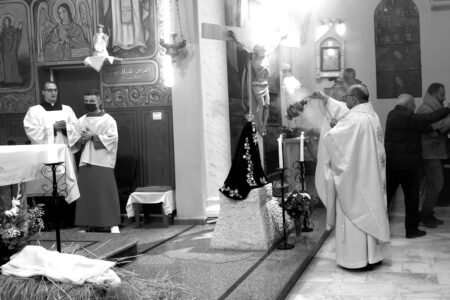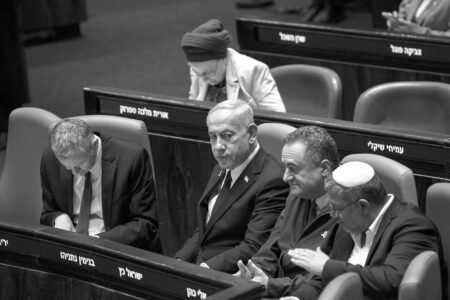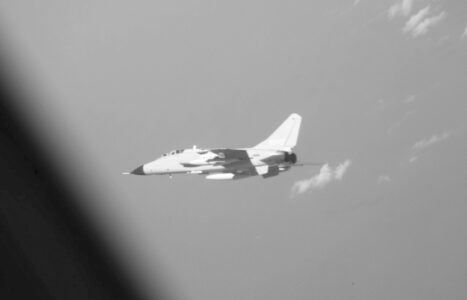Saudi officials show media scorched, shrapnel-blasted Abqaiq oil facility
By FAY ABUELGASIM and JON GAMBRELL
Associated Press
BUQAYQ, Saudi Arabia — The heart of Saudi Arabia’s oil industry remained wrapped in scaffolding Friday as workers sought to repair the charred innards and shrapnel-blasted arteries caused by drone-and-cruise-missile attacks that raised tensions between the U.S. and Iran.
Saudi officials brought journalists to the kingdom’s crucial Abqaiq oil processing facility, described by the state-run oil giant Saudi Aramco as “the largest crude oil stabilization plant in the world.” It was the first such trip for outsiders to see the damage done to its facilities that have been targeted in a summer-long campaign of attacks.
Saudi Arabia is seeking to build international consensus ahead of the U.N. General Assembly next week after the Sept. 14 attack that it claims was “unquestionably sponsored by Iran.” The U.S. has gone further, alleging Iran carried out the attack as part of a campaign seeking to roil the region as American sanctions on its oil industry prevent it from selling crude oil abroad as Tehran’s 2015 nuclear deal with world powers collapses.
Iran has denied involvement in the attack that was initially claimed by Yemen’s Iranian-backed Houthi rebels. Iranian Foreign Minister Mohammad Javad Zarif, now heading to New York for the U.N. meetings, has warned that any retaliatory strike on Iran by the U.S. or Saudi Arabia will result in “an all-out war.”
President Donald Trump, who withdrew the U.S. from the nuclear deal more than a year ago, said separately Friday that America “just sanctioned the Iranian national bank.” He did not elaborate.
The U.S. Treasury Department said it took action against the Central Bank of Iran, the National Development Fund of Iran and the Etemad Tejarate Pars Co. The Treasury statement said the NDF was a major source of foreign currency and funding to Iran’s military forces, including the Revolutionary Guard, while Etemad Tejarate Pars concealed financial transfers for military purchases.
In Abqaiq, an oil facility in the Arabian Peninsula’s sprawling Empty Quarter desert, journalists saw what previously only had been glimpsed in satellite photos released earlier by the U.S.
The attack punched holes in giant metal onion-shaped structures that help separate gas from crude oil. Separation towers there, which process crude oil, were scorched and damaged, with the top of one looking like a melted candle.
Officials said they put out about 10 large fires at the site less than seven hours after the attack. There were at least 18 direct hits on 11 of the spherical structures, five column stabilizers and two small processing facilities, they said.
Abqaiq processes sour crude oil into sweet crude, and it is transported to transshipment points on the Persian Gulf and the Red Sea or to refineries for local production.




